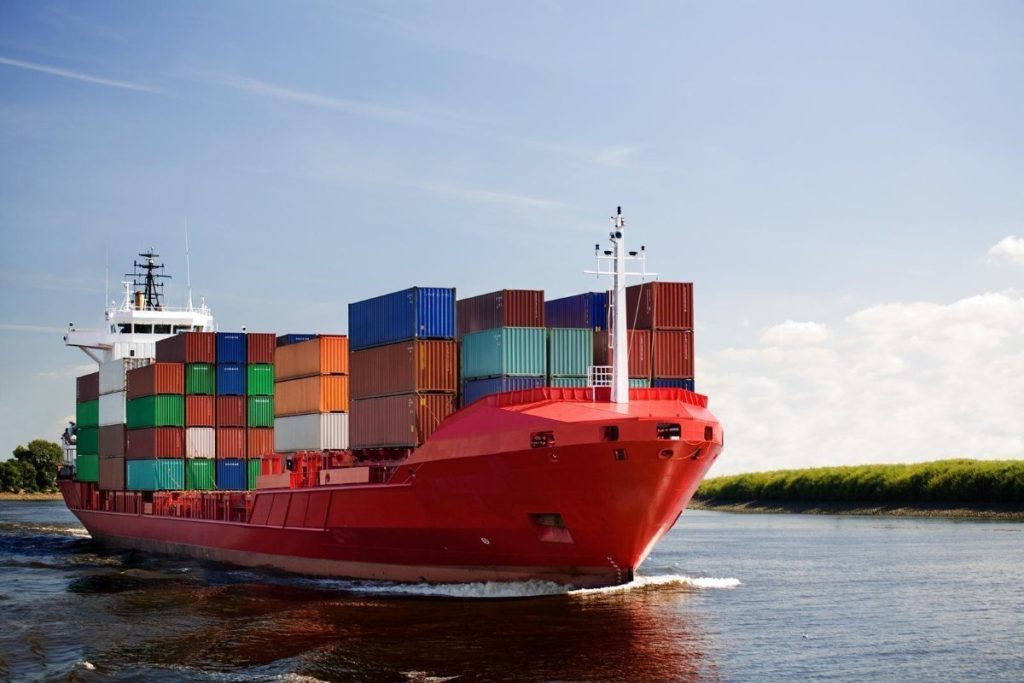Readers will be aware from our previous articles (available here, here and here) that the new Chain of Responsibility (CoR) provisions under the Heavy Vehicle National Law (HVNL) will come into force on 1 October 2018.
The new CoR provisions place a primary duty on each member of the supply chain to prevent breaches of the HVNL. Recent commentary has addressed responsibilities of members of the supply chain generally. In this article we seek to address issues of load restraint on heavy vehicles including more specifically the packing of freight containers which are then loaded onto heavy vehicles.
The HVNL permits regulations to be made in respect of loading and packing. The Heavy Vehicle (Mass, Dimension and Loading) National Regulation (Regulations) in Schedule 7 sets out provisions which address loading requirements. These provisions state:
- a load on a heavy vehicle must not be placed in a way that makes the vehicle unstable or unsafe
- a load on a heavy vehicle must be secured so it is unlikely to fall or be dislodged from the vehicle
- an appropriate method must be used to restrain the load on a heavy vehicle
Section 115 of the HVNL provides that, evidence that a load on a heavy vehicle was not placed, secured or restrained in a way that met a performance standard stated in the Load Restraint Guide 2018 (Guide) (available here) is taken to prove that the load was not placed, secured or restrained in compliance with a loading requirement applicable to the heavy vehicle.
The Guide was updated in January this year and provides detailed guidelines on the packing, loading and securing of goods in freight containers and on heavy vehicles (a separate guide exists for the loading of light vehicles). The Guide is designed as a guideline on load restraint for heavy vehicles and sets out standards that should be met as a bare minimum. Compliance with the Guide is a starting point for load restraint and is not a guarantee of compliance with the HVNL. Once again there is a primary duty on each member of the supply chain to prevent breaches of the HVNL.
More specifically, we represent many clients in the customs brokerage and freight forwarding industry who are often concerned with freight containers which are then loaded onto heavy vehicles. In particular the question of who has packed those freight containers and how those freight containers have been packed often arises. This concern is a valid one as the packing of freight containers affects the stability and safety of the heavy vehicle on which they are loaded and, if not done correctly, may lead to breaches of the HVNL and the Regulations.
The Guide addresses the packing of freight containers specifically and sets out the recommended manner by which “contained loads” in containers, curtain-sided trucks, tipper trucks and flat top trucks with grates are packed. The Guide is concerned with the weight distribution of the goods and the potential for goods to move in freight containers in transit.
Recommendations for packing freight containers in the Guide include:
- ensurig that gaps in the freight container are filled in with dunnage, foam, empty pallets or other suitable material to prevent the goods from moving
- ensuring that weight distribution is even across the width and preferably the length of the container to ensure stability of the vehicle and the load
- not exceeding the maximum floor and wall loads of the freight container
To avoid breaching the load restraint provisions in the HVNL and the Regulations all members of the supply chain (and particularly consignors, packers and drivers) should ensure that they are aware of how the goods are packed in the freight container.
Bearing in mind that the Guide is not definitive and that HVNL breaches may occur regardless the recommendations in the Guide provide a useful starting point. In this regard, the Guide recommends that:
- consignors advise the drivers as to how the load is packed to allow the driver to take into consideration the weight distribution and stability of the heavy vehicle while driving
- consignors should mark the centre of gravity of the freight container if the centre of gravity is more than 10% of the container length away from the centre of the container
- drivers should request information on the packing of the container from the consignor so that they are aware of the load and weight distribution in the container and how it may impact the stability of the heavy vehicle while in transit
All members of the supply chain should also be aware of the obligations in relation to Container Weight Declarations which must be completed when a consigned freight container is transported by road using a heavy vehicle whether or not the freight container is empty or loaded.
While the above recommendations are specific to drivers and consignors, the primary duty imposed by the CoR provisions makes it so that if the load restraint provisions of the HVNL and the Regulations are breached, all members of the supply chain may be liable for loss or damage caused by those breaches and the penalties that may flow.
